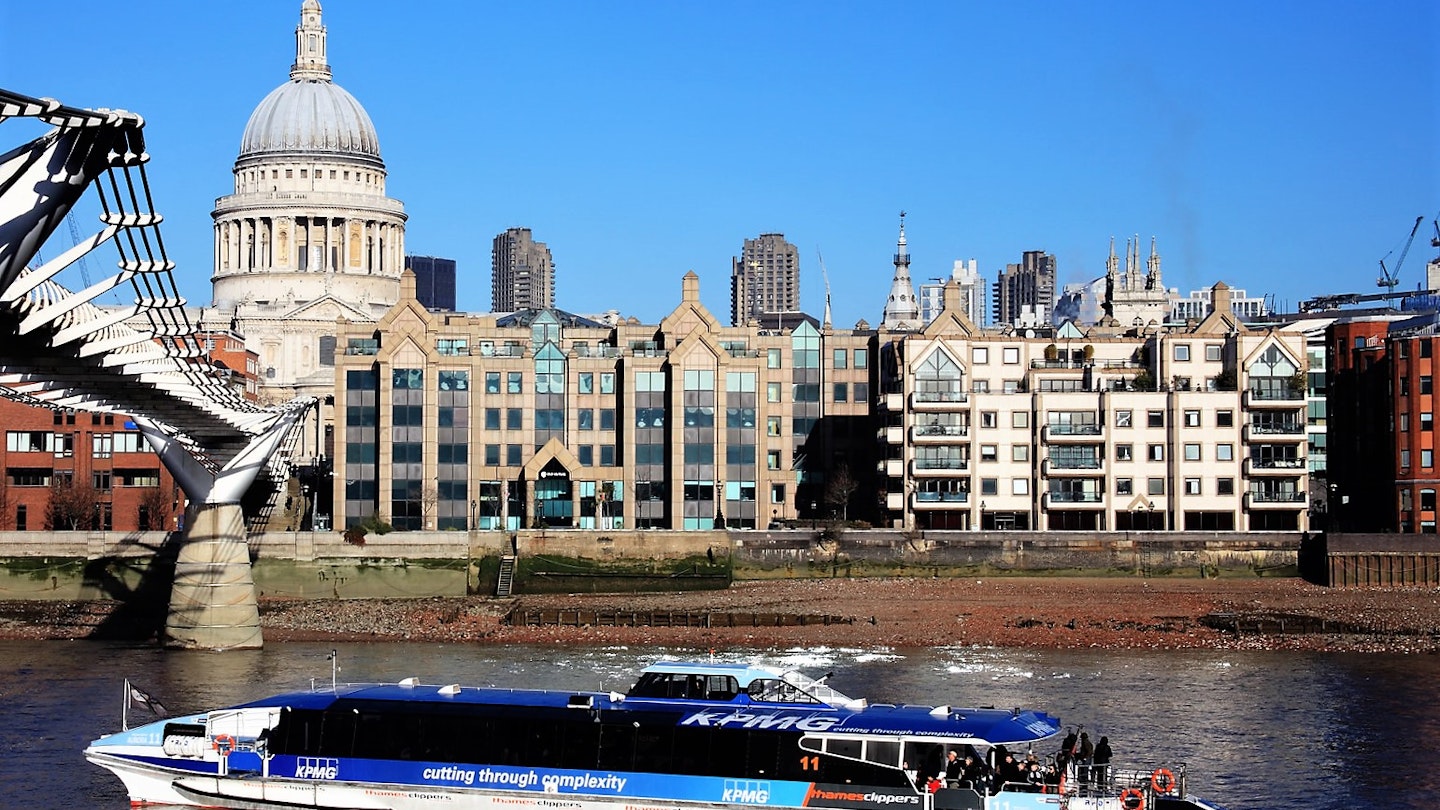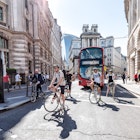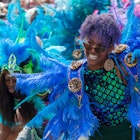London has made major progress in recent years to make itself more accessible to people with disabilities. The city is still some way from achieving a perfect score though, so it’s advisable for wheelchair users, vision-impaired people and those with hearing loss to plan carefully to ensure their trips are as smooth and enjoyable as possible. Here's our advice on making your capital visit easier, with a list of further resources at the end.

Getting around
London has a comprehensive transport system: the metropolis is meshed both below and above ground with rail and tram lines, and the streets swarm with red buses and black cabs. The river, too, is well served with Thames Clippers, and out east you can even cross the water in a 90m high cable car (step-free access though weight and width restrictions apply.) Nowadays, ensuring this network is accessible to all is a firm priority for the Greater London Authority (GLA), but this wasn’t always so, meaning there are still elements that require a bit of forward planning.
Here we give a brief overview of the various transport types and their accessibility, but by far the best resource you can use to plan a specific journey is the Transport for London (TfL) Journey Planner. Once you’ve input your departure and arrival points (choose any bus, Tube, train or tram stop), you can click ‘Edit preferences’ on the results page, and select whichever ‘Access options’ are relevant to you. Your journey plan will then update accordingly. Full details of accessibility on all public transport services can be found on the TfL website. Assistance dogs are permitted across the entire transport network.
Tubes and trains
The days when London Underground was off limits to wheelchair users because of fire safety concerns are fortunately long gone. Wheelchair users can now use some of the network – currently 70 out of 270 stations have some degree of step-free access – but it’s important to be aware of accessibility at each station, including where you change from one line to another, ensuring there is step-free access, either from street to platform or platform to train. Check the TfL tube map for details. Be aware that while every Tube train theoretically has room for wheelchairs, the reality is that at rush hour carriages are often full to capacity with standing passengers, especially in central London.
Above ground, the London Overground consists of over 100 stations positioned around more outlying parts of the city which often don’t have Tube stations. Disappointingly (considering it’s only about a decade old) less than half these stations have step-free access from street to platform (though all have boarding ramps from platform to train), so do check the TfL Journey Planner before you travel.

Buses and boats
London’s extensive bus network comprises more than 9000 vehicles on over 700 routes, and every one is wheelchair accessible. Furthermore, neither wheelchair or mobility scooter users nor vision-impaired passengers with a guide dog are expected to pay a fare. Wheelchair and mobility scooter users should aim to use the middle door: if you are able, press the button next to the door with the wheelchair icon and an electric ramp will extend to the street. There is a 600mm x 1000mm size restriction for mobility scooters. Be aware that there is often conflict, particularly with parents using prams (strollers), over the use of wheelchair-reserved spaces despite prominent signage.
The London River Bus (aka Thames Clippers) is fully wheelchair accessible, with access ramps from street to pier and pier to boat, and wheelchair-accessible toilets on most boats. This can be a good option if you’re in an area of London (particularly a busy, central one) where access to other types of transport is tricky or crowded – many of the city’s top attractions are within easy reach to a pier. Users of mobility scooters need to register with Thames Clippers before using the service. Other riverboat services are mostly accessible too; check TfL for details.
Taxis and driving
When it comes to wheelchair-friendly taxis, London is a world leader. Every one of its traditional black cabs (they come in other colours too, but all have the same distinct shape) features a ramp that folds down from the car to the street. There are plenty of them as well, meaning you won’t have to wait more than a minute or two for one to come along. Power wheelchair users should note that headroom can be a problem with larger chairs, and the turning circle once inside is very limited.
If at all possible, avoid driving in London because the traffic is so heavy. If you have no choice, as a Blue Badge holder you’ll have more options for parking at lower rates. You’ll also be exempt from the Congestion Charge.

Eating, drinking and sleeping
The restaurant scene in London is world-renowned, and generally speaking accessibility is excellent. There’s no particular hard and fast rule to abide by in planning this aspect of your trip, other than a little research while booking and informing staff over the phone of any special requirements you may have. Keep in mind that London is an old city with old buildings, so restaurants and bars located in basements or above street level might not always have step-free access. The charity Tourism for All has an eating and drinking search engine using the National Accessible Scheme that you can tailor to your specific needs.
When it comes to sleeping, many London hotels are fully accessible to wheelchair users with adapted room options. Many also have special features, including visual alarm systems and hearing loops. Again, Tourism for All has an excellent accommodation search engine that you can specify to your needs, and Visit London lists its top accessible hotels in London, covering a variety of budgets, locations and requirements. If you need to use a ceiling hoist for transfers, the Ceiling Hoist Users Club is a good resource.
Attractions and experiences
Practically all of London’s major attractions can be enjoyed by everyone. What’s covered below is by no means exhaustive, but should give a general flavour of the kind of experience you can expect across the board. You can also check out VisitEngland’s top 10 accessible London attractions.
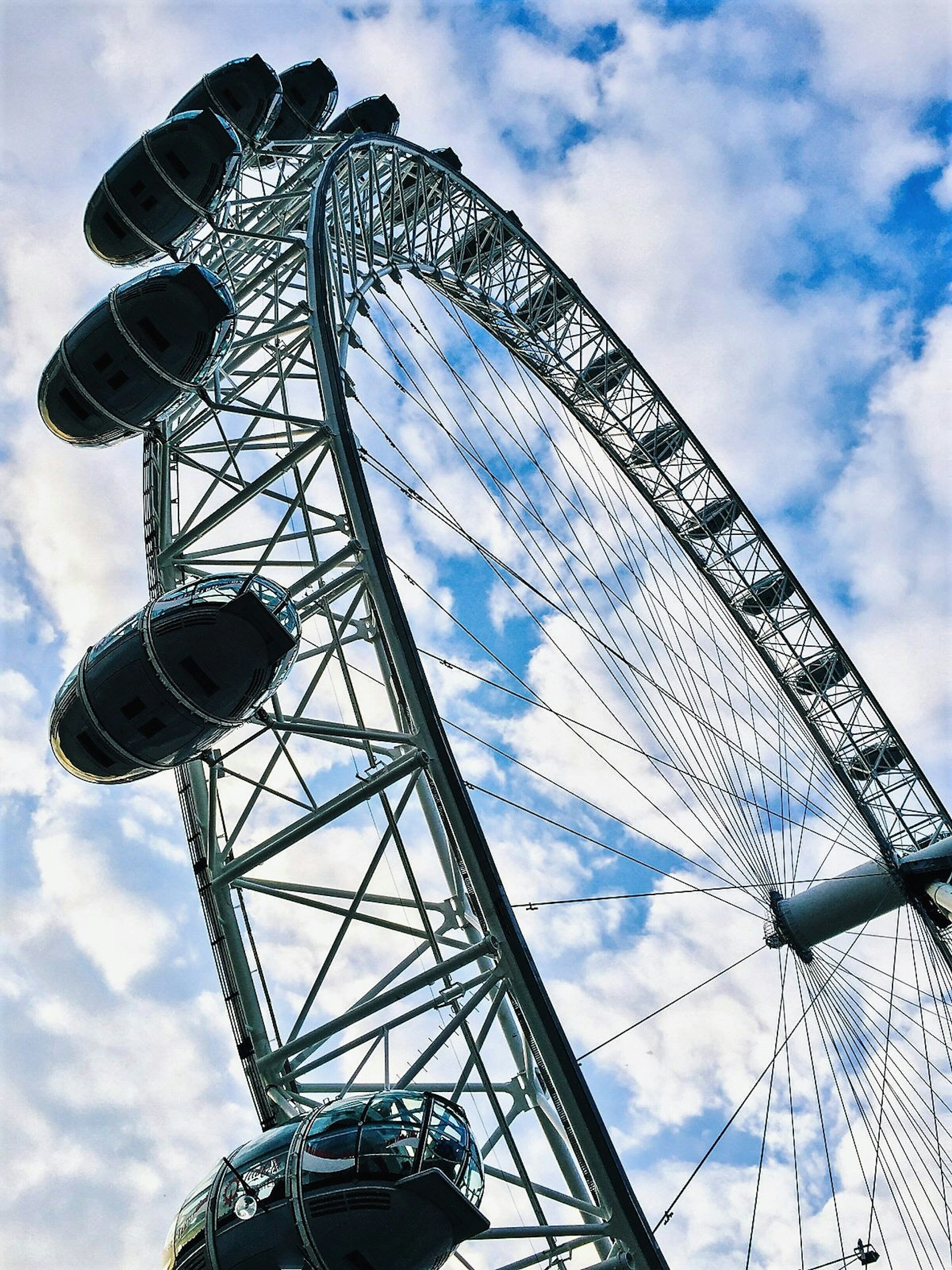
The London Eye and South Bank
London’s South Bank is in many ways the cultural heart of the city, and certainly one of its most atmospheric spots. It’s dominated by the London Eye, which presents unbeatable views over the Houses of Parliament and Big Ben, and is fully accessible, with space for two wheelchairs per capsule.
The Southbank Centre always has plenty going on, and the whole complex is easy to get around thanks to copious ramps and lifts. The nearby Golden Jubilee Bridges span the Thames, offering great views in both directions, and have lifts for full accessibility.
Theatreland and the West End
No visit to London is complete without seeing a West End show, and nowadays all the major theatres and venues are both wheelchair accessible and feature hearing-loop systems for hard-of-hearing visitors. It’s important when booking your ticket to inform the venue (usually via a checkbox on the booking form) of any requirements you have.
Some of London’s theatres and venues that cater particularly well for visitors with disabilities include: the O2, which as well as being wheelchair accessible, can also organise a British Sign Language (BSL) interpreter for your visit; Sadler’s Wells, which has lifts to each of its five floors and features braille markings; and Shakespeare’s Globe, which has space for wheelchairs on both its levels.
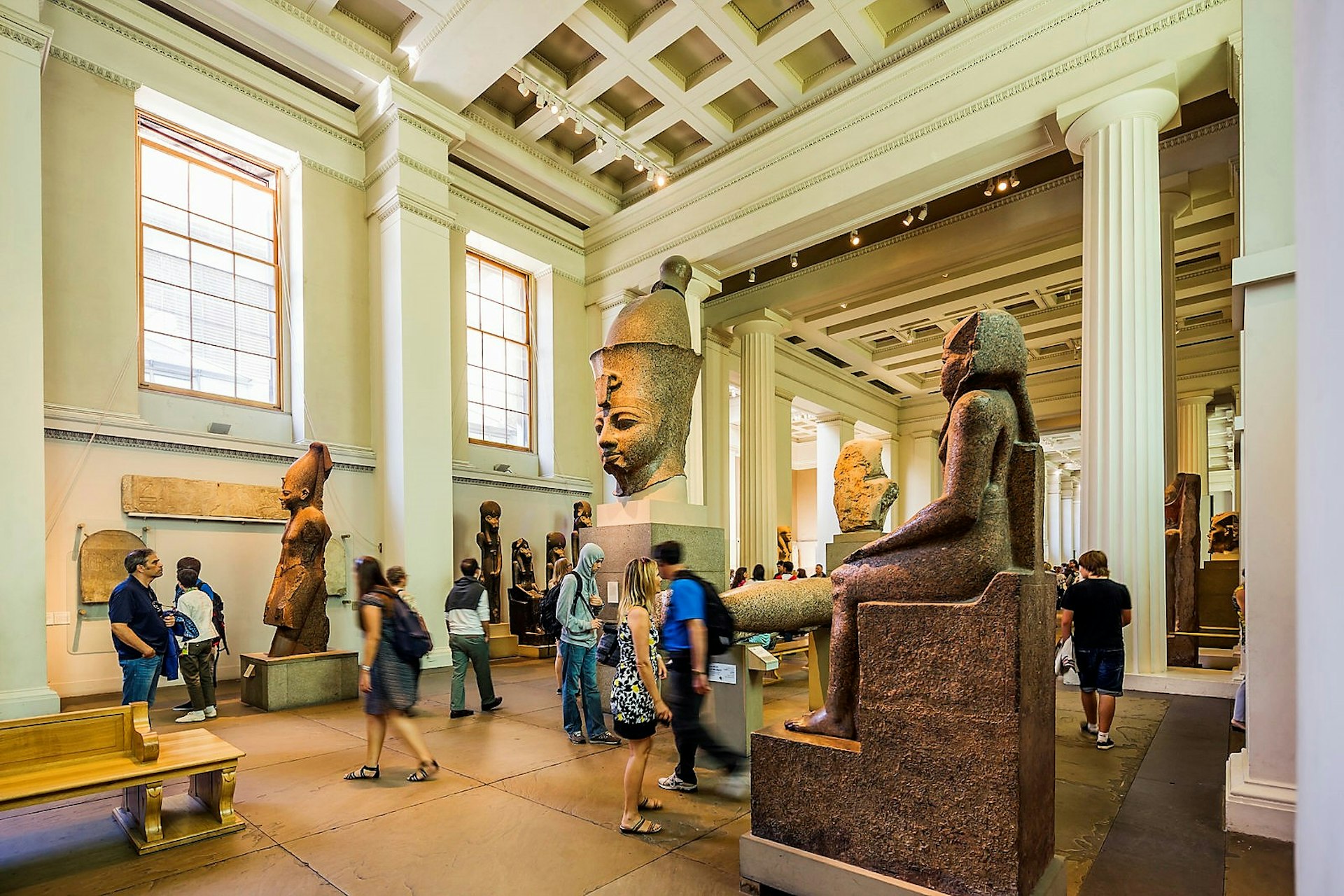
Museums, galleries and historic buildings
Many of London’s highlights can be found within its mass of world-class museums and galleries, and all the best-known ones are equipped to welcome all visitors.
When it comes to museums, most have gone beyond simply making themselves wheelchair accessible (and all the major ones are), and now cater to a range of other disabilities, making their treasures as available as possible. The British Museum, for example, organises ‘Touch Tours’ for the visually impaired which include handling ancient Egyptian sculptures, a braille guide and audio-descriptive guide. At the National Gallery you can find BSL multimedia guides, while the Natural History Museum regularly puts on its Dawnosaurs events, designed for children with autism.
Buckingham Palace is good for wheelchair users – in fact, you’ll go through a special section at the very front of the building making a grand entrance – and mobility scooters can be used in the gardens. St Paul’s Cathedral has lifts down to the crypts, a chairlift to the quire and sacrarium, and guided touch tours of the cathedral floor and crypt (book in advance). The church also has a hearing loop system and BSL multimedia tours.
Resources for further planning
The information given above is intended as a general overview for visitors with disabilities coming to London, but it’s by no means comprehensive. If you’re not sure of whether a certain place is going to be able to cater sufficiently for your needs, we always recommend carrying out additional research, either by looking at the website of the place in question or simply phoning.
Below are some additional resources that will help with planning your visit.
- Visit London - Accessible London
- AccessAble
- Access London Theatre
- Wheelchair Travel - London Public Transport Guide
- TfL Journey Planner
- Inclusive London
https://shop.lonelyplanet.com/products/london-city-guide-11
